Loyalty Marketing Best Practices in 2016
Loyalty marketing has grown increasingly important over the last several years. With the general shift to a membership-based economy, where people are now subscribing for access to services rather than paying for outright ownership, the need to maintain strong customer relationships is more pressing than ever.
Your churn rate, the number of customers that cancel subscription to your service over a given time period, can often be a make-or-break metric. Because of this, it’s vital that you reduce “drop off” as much as possible.
In 2016, loyalty marketing is less about complicated points systems and more about personalized rewards with flexibility across an array of devices/platforms. New psychographic audiences are emerging as core brand advocates and companies need to curtail their loyalty programs to engage this audience.
In this post we’re going to look at 11 key ways that you can tailor your own loyalty marketing program in 2016. Not all will be relevant to your specific sector, but they all point towards broad trends that are affecting B2B and B2C industries as a whole.
Loyalty Marketing Best Practices
1. Customer-centric experiences are still key
According to Gartner, 89% of companies believe that the quality of the overall customer experience will be the key factor in determining competitiveness.
Customer-centric is a fairly recent buzzword and can loosely be defined as an approach to designing the customer journey, at all stages and across all points of contact, that accounts for the unique demands and requirements of each individual user.
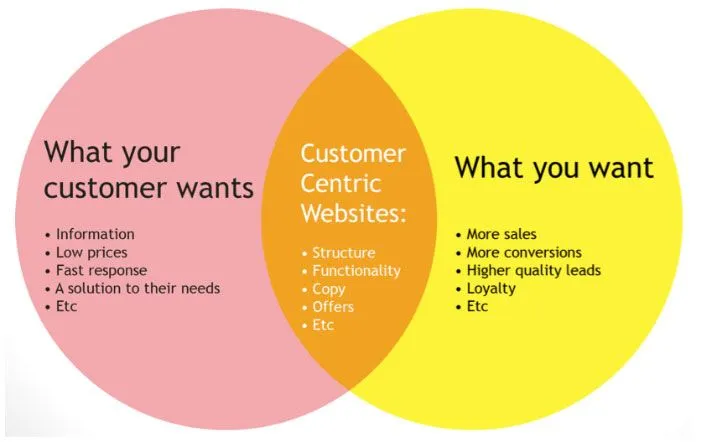
(Source)
In part this drive towards feature-rich, personalized and automated customer experiences is fuelled by the prevalence of big data. It involves a commitment to improving all of those features - speed, efficiency, entertainment, usability etc. - that improve the quality of the interaction between the consumer and your service.
2. Provide exclusive features and content
This is a technique that has been used predominantly by B2C subscription-based services but is transitioning, in a myriad of ways, over into the B2B sector. Digital media providers like Amazon Prime, Netflix and Spotify have all started to create their own in-house content that can’t be replicated by competitors. If customers want access to these unique offerings, they have to subscribe to a specific service. There’s no other way.

So the question that you should ask is: can I create something that can’t be copied. This means that companies now have to broaden their focus beyond offering the next improved feature or more efficient functionality. They have to do something that can’t be replicated.
3. Cater to millennials
Millennials are now responsible for the majority of B2B buying decisions. This represents an increase of 70% from 2012, as shown in the graph below. It’s vital that marketers are designing their loyalty programs with millennials in mind. This tech-savvy cohort is far more engaged with the nuances of modern technology and much better placed to evaluate competitor benefits and weaknesses compared to those that fall into an older age bracket.
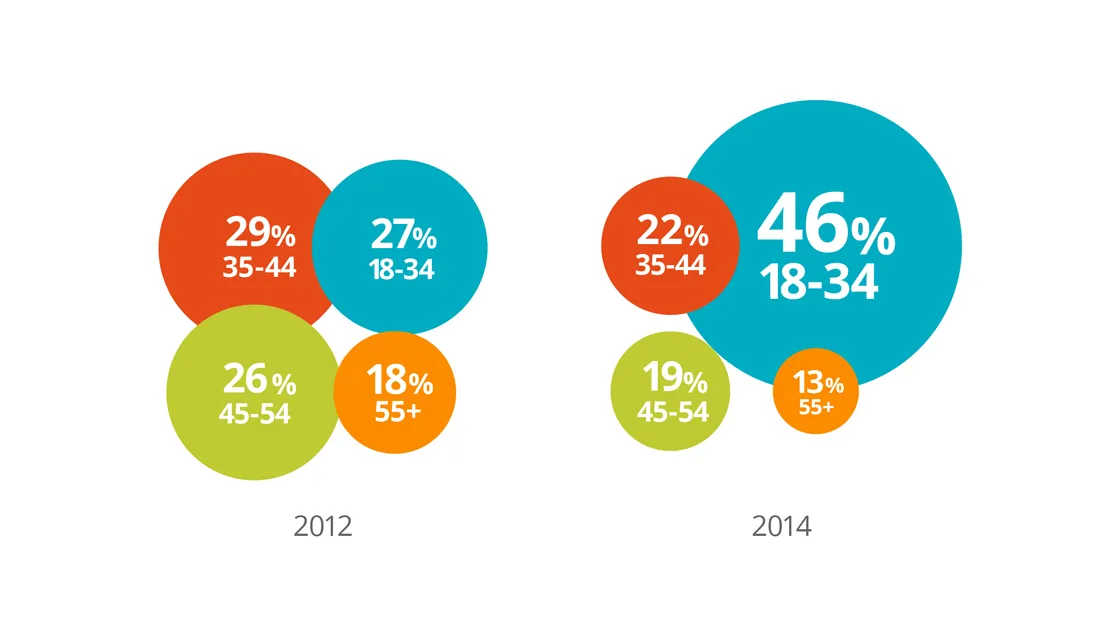
The specifics of your loyalty programme should be informed by data gathered from the usage habits of this section of your customer-base. Customer-centricity, as outlined in the first point, is still vital but so is the diversity and range of added-value incentives that you provide and the way they fit into specific millennial needs.
4. Cater to centennials
Centennials, a group made up of those born after the year 2000, are beginning to develop significant purchasing power. Bloomberg puts their spending power at $44 billion, and this figure is only set to grow. Now is the time for companies to start marketing to this age-group and begin introducing them to their loyalty programmes.
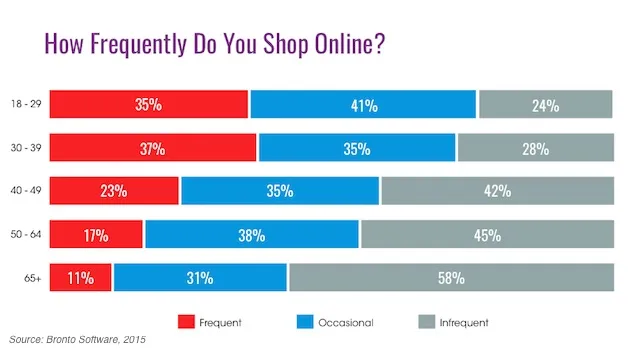
(Source)
The sheer range of advanced targeting options offered by advertising companies, especially on social media platforms where this cohort is particularly active, should make adapting marketing processes a relatively simple affair. But it’s also important to understand centennials on a more intuitive level. They are amongst the most tech-savvy consumer group and their expectations mirror this fact. Fortunately for marketers, they also display high brand loyalty.
5. Become ethically involved
There is a definite trend towards ethical consumer behaviour, amongst both B2B and B2C buyers. Numerous studies confirm that consumers of all stripes are willing to reward companies they perceive as having high ethical standards. A growing number of companies are correspondingly integrating features that mirror their integrity - whether through charitable donations or the voicing of a particular stance on a popular issue.
Ideally companies should become ethically involved by tying certain initiatives with their core company mission. Many consumers will be happy to forgo their own rewards in favour of donating to a charity or social cause. A particularly stark example comes from the United Colours of Benetton, and their charitable arm the Unhate Foundation. An example of one of their most famous advertising campaigns is included below:
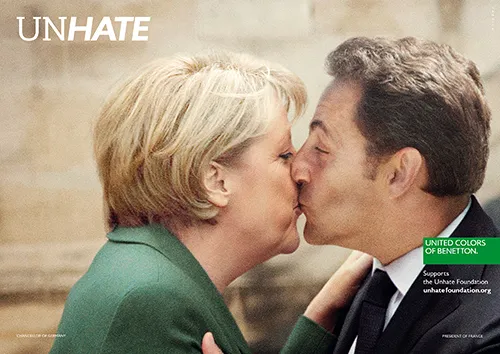
(Source)
6. Personalization is evolving
Many years ago, personalization involved little more than directly addressing newsletters to customers. The world has moved on since then. Your customers want rewards and experiences that are tailored to their preferences, and, importantly, specific to the platforms that they’re using. A special promotion for desktop software is of no us to the section of your customer-base that uses a mobile phone as their primary device. A special giveaway promoted through email is no good if a customer’s primary point-of-contact is through social media.
With the advanced targeting options that most CRM (customer relationship management) services offer nowadays, segmenting sections of your customer-base by interests and demographic factors should be relatively easy. Blanket offers simply aren’t good enough any more.
A good example in this regard is Sephora, a company which offers a high degree of specificness through its loyalty program. It offers personalized rewards based on past activity and rewards for loyalty-building actions on the customer’s part. An interesting side-effect of this approach is that it also allows Sephora to introduce new products.
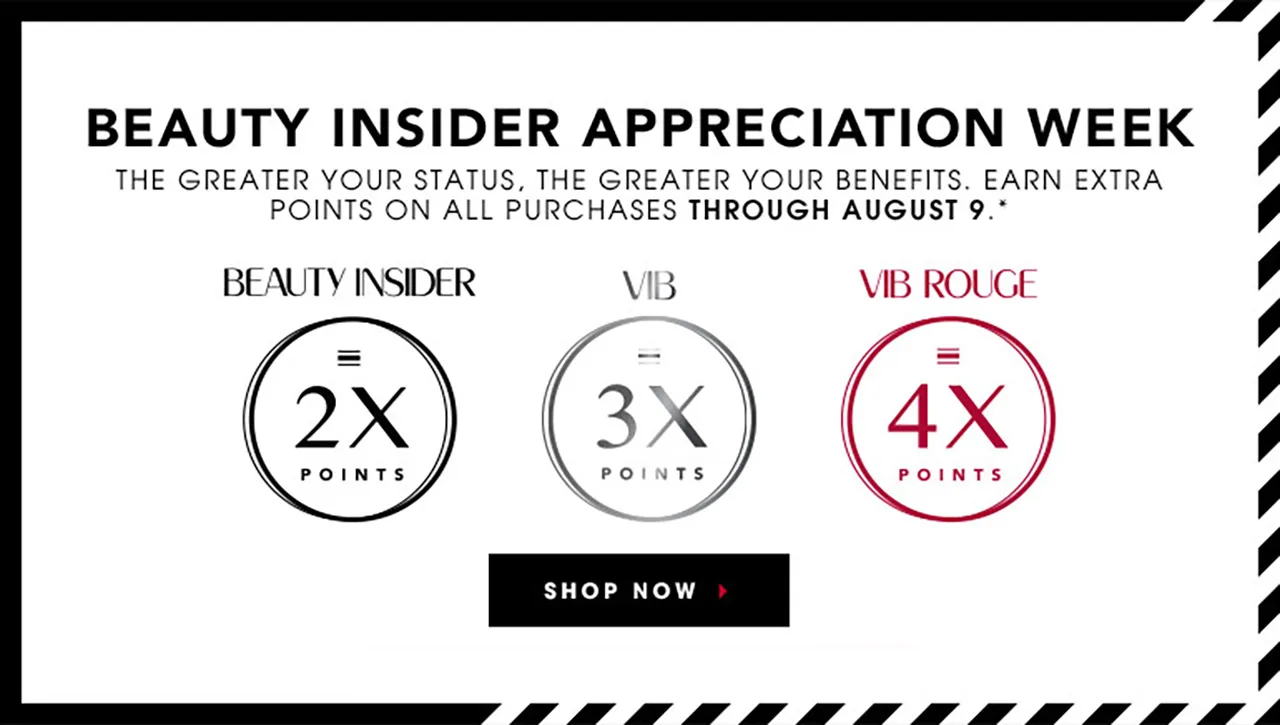
7. Freebies still rule
Particularly in the SaaS space, it’s easy to form strategic partnerships with other companies offering digital products. This can transfer into a longer-term approach by offering discounts and integrations beyond the sign-up point. Many new startups will be grateful for the publicity that comes with having their product advertised to a large customer-base.
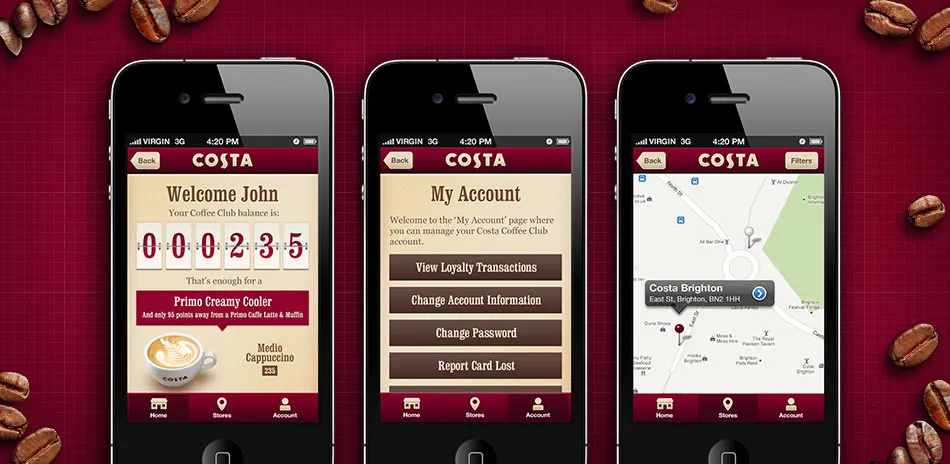
The key pointer with free rewards is that customers have grown increasingly averse to complex points-based systems. The key word here is simplicity. Have a terse message helps to keep your offering in the forefront of your customers’ minds. Costa, pictured above, provide a good example.
8. Help your customers with useful content
Content marketing is less about offering another layer of incentives to paying customers and more about promoting yourself as an industry-leader in your space. It’s about subtly positioning yourself as the premier choice in the minds of your users.
Kissmetrics provides a very good example. The sheer range of content that they offer to their customers is staggering. Everything from blog posts, to in-depth guides, to webinars, to industry-leader interviews, to podcasts...the list could go on! The result of all this content is simple: they are perceived as being highly authoritative relative to their competitors.
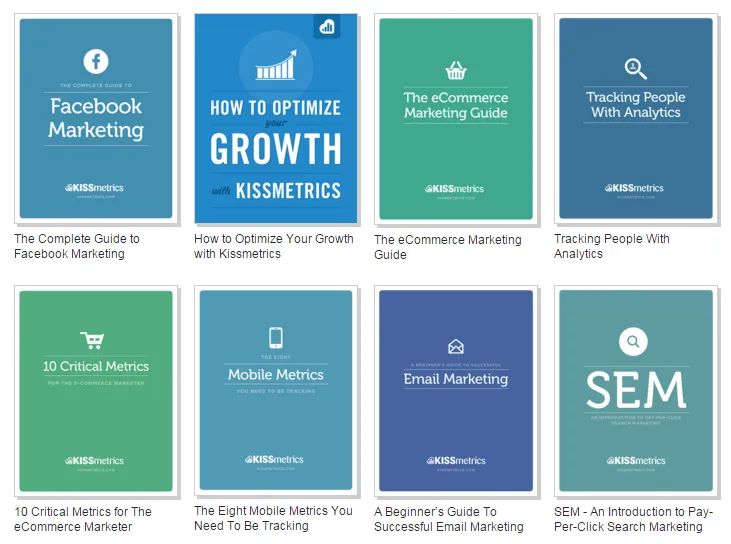 (Source)
(Source)
It’s important that you have your own content marketing strategy and that you differentiate yourself as much as possible to achieve “authority status”. This often involves offering new types of content - interactive, video, even live streaming with the advent of apps like Periscope - to stand out from your competitors and be seen as invaluable to your customers.
9. Customer service is still key
47% of customers say they are willing to go elsewhere after experiencing poor customer service. It’s important that marketers focus on this key concern of consumers with a view to maintaining loyalty. The point to bear in mind is that the specific demands of millennials and centennials in regards to customer service have changed with new technology. Companies are investing less in call centres and email support and more in 24/7 live chat that can easily be outsourced and accessed from any kind of device. A study by Forrester shows that 44% of customers place high importance on live chat.
10. Don’t underestimate the power of mobile
Mobile offers a huge array of opportunities for loyalty marketing. Compared to desktop, the number of features for reaching out to customers is significant. Mobile phones are always on, the degree of integration with other apps and services is very high, and the notification options are similarly large in number. For many, they’re even preferred as a point-of-purchase over traditional web-based platforms.
The Starbucks loyalty program, for example, allows customers to track their rewards from their phone. It also takes advantage of numerous mobile features to keep them engaged.
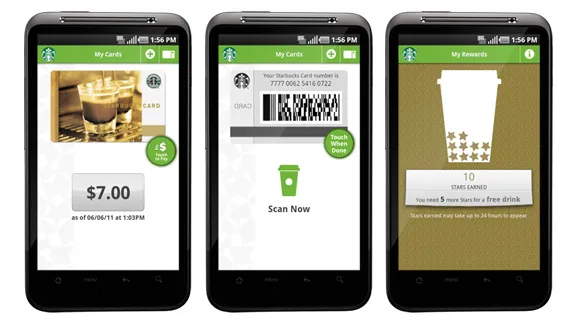 (Source)
(Source)
Location-tailored offers alongside integrations with third-party apps are both examples of the kinds of benefits that can be offered. Push notifications and social media integration also present opportunities for taking advantage of direct business-to-customer communication.
Conclusion
In an age of comparison websites, customer reviews and ever-increasing transparency, customer loyalty can no longer be taken as a given. As technology and user-bases change, so do the burdens placed on companies to innovate and adapt in order to maintain long-term relationships and minimize churn.
Loyalty marketing in 2016 is about taking advantage of the opportunities inherent in new technology, understanding shifting audience demands and utilizing data to create truly customer-centric experiences. When these factors come together they create a mix with the best possible chance of engaging and satisfying customers for years to come.